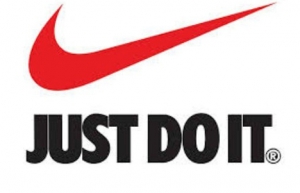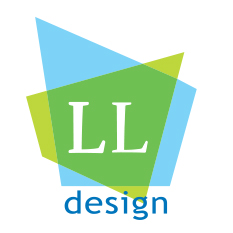 If you search ‘color psychology’ on Google, you’ll be bombarded with information – charts, graphs, photos, color wheels, etc. It’s a LOT to process. That’s why I intentionally wanted to keep this post short and to the point. It’s still a little long for my liking, but hey, color psychology is very complex, I did my best….
If you search ‘color psychology’ on Google, you’ll be bombarded with information – charts, graphs, photos, color wheels, etc. It’s a LOT to process. That’s why I intentionally wanted to keep this post short and to the point. It’s still a little long for my liking, but hey, color psychology is very complex, I did my best….
Do you ever wonder how the experts use color psychology in marketing and graphic design? What do certain colors mean? How can color influence the choices you make? How can color impact how you feel? It can have a profound impact on how you perceive and respond to your environment. Color can also influence how others perceive and respond to you. As you begin to understand the meaning of individual colors and combinations of colors, you can begin to use them to your advantage. Marketing experts are fully aware of the powerful, yet unconscious affects of color on a emotional, psychological, and even physiological level. That bright red Nike logo is no accident. Red actually stimulates your pituitary gland and a chemical message is sent to your adrenal medulla to release the hormone epinephrine. Your body chemistry is altered causing an increase in pulse rate, blood pressure, and flow of adrenaline. Due to this biological response, the human mind connects red to excitement and high energy.
Some common associations are:
Red: passionate, impulsive, excited, aggressiveness, intense, anger
Orange: warm, cheeriness, happiness, creative
Yellow: cautious, jealousy, warmth, cowardly, positive, optimistic, curious
Green: greedy, rejuvenated, generous, hopeful
Blue: sad, trusting, loyal, calmness, secure, inspiring, relaxing, confidence
Purple: powerful, passion, sensitive, sophisticated, dignified
Black: powerful, depressed, serious, revengeful, sadness, remorseful, fear
White: peaceful, clean, youthful, refreshed
Gray: sadness, depressed, bored
Brown: cozy, warm, comfortable, secure, responsible, mature
Pink: romantic, loved, tender, charming, sexy, loving
Certain color combinations have the power to elicit involuntary emotions and reactions. With this knowledge, advertisers are able to utilize color psychology in marketing to influence the shopping habits of customers. For example, the strength of vibrant yellow against a stark black implies power. Red, orange, black and royal blue appeal to impulse buyers. Budget-minded shoppers respond best to pink, teal, light blue, and navy. Black, silver and gold evoke prestige and luxury. Primary color combinations are successfully aimed at children and their parents.
Bottom line: Color does affect us in several ways and while your design shouldn’t rely on color alone, your choice in color will be one of the first things people notice and could determine whether or not people leave quickly or stick around for more. So choose wisely!
